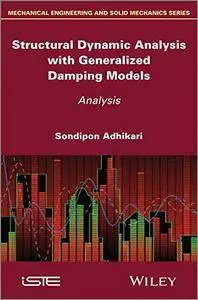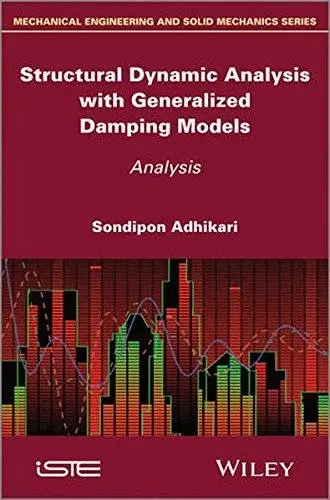Structural Dynamic Analysis with Generalized Damping Models (Mechanical Engineering and Solid Mechanics) by Sondipon Adhikari
2013 | ISBN: 1848215215 | English | 384 pages | PDF | 3 MB
2013 | ISBN: 1848215215 | English | 384 pages | PDF | 3 MB
Since Lord Rayleigh introduced the idea of viscous damping in his classic work "The Theory of Sound" in 1877, it has become standard practice to use this approach in dynamics, covering a wide range of applications from aerospace to civil engineering. However, in the majority of practical cases this approach is adopted more for mathematical convenience than for modeling the physics of vibration damping.
Over the past decade, extensive research has been undertaken on more general "non-viscous" damping models and vibration of non-viscously damped systems. This book, along with a related book Structural Dynamic Analysis with Generalized Damping Models: Identification, is the first comprehensive study to cover vibration problems with general non-viscous damping. The author draws on his considerable research experience to produce a text covering: dynamics of viscously damped systems; non-viscously damped single- and multi-degree of freedom systems; linear systems with non-local and non-viscous damping; reduced computational methods for damped systems; and finally a method for dealing with general asymmetric systems. The book is written from a vibration theory standpoint, with numerous worked examples which are relevant across a wide range of mechanical, aerospace and structural engineering applications.
Contents
1. Introduction to Damping Models and Analysis Methods.
2. Dynamics of Undamped and Viscously Damped Systems.
3. Non-Viscously Damped Single-Degree-of-Freedom Systems.
4. Non-viscously Damped Multiple-Degree-of-Freedom Systems.
5. Linear Systems with General Non-Viscous Damping.
6. Reduced Computational Methods for Damped Systems



